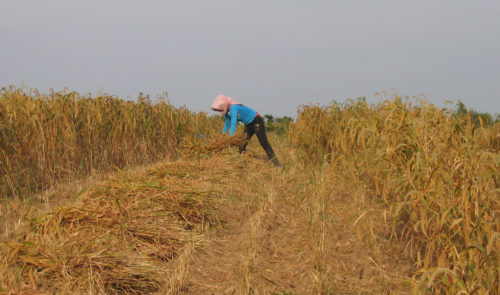
Since 2012, Bhaskar Vira has led research on the political economy of water security, ecosystem services and livelihoods in South Asia.
The research has drawn attention to the patterns of urban development and associated environmental pressures across the western Himalayas. The lower hills of the Himalayas are experiencing unplanned urbanisation, contributing to the exhaustion and contamination of natural surface or spring-based water sources. These are exacerbated by seasonal demands in popular tourist towns and by policy inaction.
For instance, Nainital, a tourist town in the Indian Himalayas, depends on its central lake to support its growing economy. Using a combination of spatial mapping, archival records, studies of the catchment system and expert review, the research team produced a report highlighting the neglected, but critical, role of a secondary lake, Sukhatal, as a buffer for the main lake in storing water during the monsoon period.
The report improved local government support for the protection of water sources in Nainital, benefiting its resident population (c.40,000) and visiting tourists (c.750,000 per year), including a 2019 court order demanding the cessation of all unauthorised construction activities and the removal of encroachments impacting Nainital’s lake catchment area.
This resulted in wider commitments at Uttarakhand state and Indian national government level to develop approaches that recognise the roles of natural ecosystems for securing water supplies, including funding from the government of India to support scientific research to inform political decision making in the tourist towns of Uttarakhand.
The research also increased public awareness and understanding of the linkages between urban water security and natural ecosystems, including the development of educational resources for Indian schools. The curriculum is designed for students between the ages of 9 and 15, and is free to download for students, teachers and schools, with an overall aim to instil a sense of responsibility towards water conservation.


